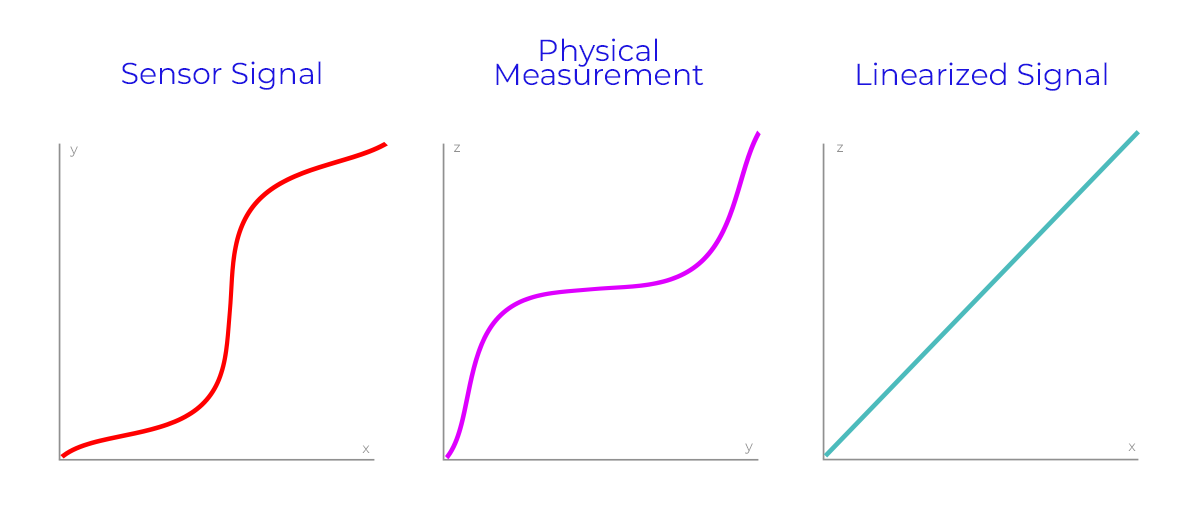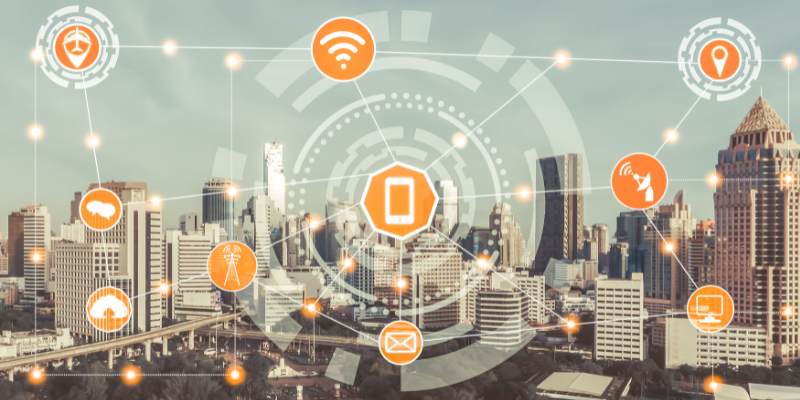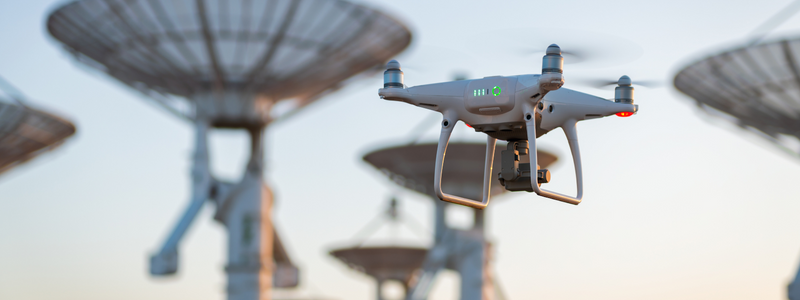Because signal types and strengths vary from one analog signal to another, without a way to optimize the signals, there would not be an accurate way to measure them. Therefore, signal conditioning is one of the most important components to any sensing system. In this post, we introduce the concept of signal conditioning, as well as give examples of different types of signal conditioners.
A signal conditioner converts an analog signal from a processor sensor into one that is suitable for further processing.
Signal conditioning come in many forms, but in this post, we’re focusing on isolation, amplification, linearization, and filtering.
Isolators protect and preserve valuable measurements and control signals, as well transmitters and receivers, from the damaging effects of noise, transient power surges, internal ground loops, and other hazards that may be present in the environment.

Amplifiers increases the input signal strength (amplitude) to a level suitable for digitization by the data acquisition (DAQ). With low-voltage output sensors such as thermocouples and strain gauges, amplification can increase the resolution of the measurement. A thermocouple produces a temperature-dependent voltage, which can be interpreted to measure temperature. As the name suggests, a strain gauge simply measures strain on an object. In this case, a strain gauge measures the strain on the sensor system.

Linearizers are often used for thermocouple signals. When the signals produced by a sensor don’t have a straight-line relationship with the physical measurement, linearization is necessary.

Filters improve the performance of a sensing system by eliminating unwanted frequencies on a spectrum. By filtering out the noise errors, they create a clean and consistent signals for precise measurement.

Latest Posts

Living Legends: James West and Jesse Russell
Every February, JEM Engineering honors the the African American Engineers who have made lasting contributions in STEM. This year, we’re excited to spotlight two living legends: James Edward West and Jesse Eugene Russell.

11 Ways the Antenna Industry Has Changed
In this issue, we wanted to reflect upon how the antenna industry has evolved over the past several decades.

Part II: Inspecting & Testing Antennas with UAVs
In this issue, we focus on how UAVs are used for inspecting and testing antennas. Perhaps an antenna is situated in a less-accessible area.
